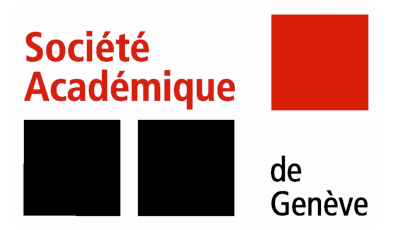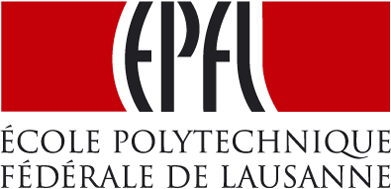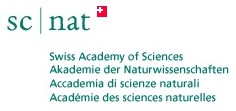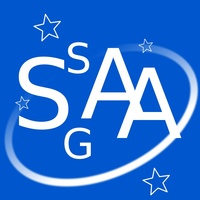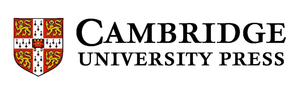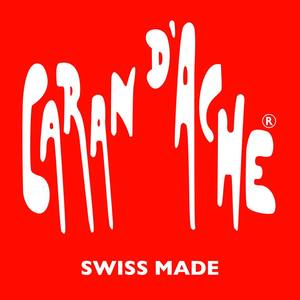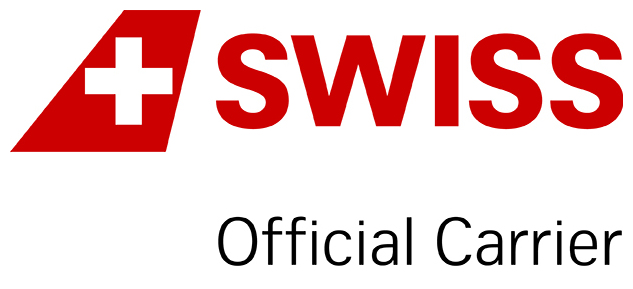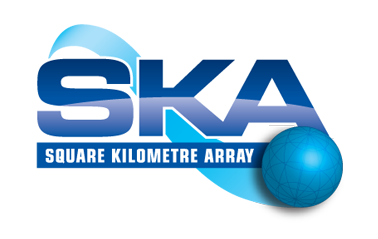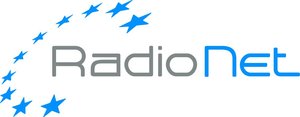Social Events & Tourism
Social Events
Welcome Cocktail
The Welcome Cocktail will be served in parallel to the participant's registration in the entry hall of the CICG conference venue on the late afternoon of Sunday, 29 June 2014. The event is free of charge for conference participants, but pre-registration is required.
Date: Sunday, 29 June 2014, 18:00-19:30
Venue: CICG conference venue
Ticket: Included in the registration fee
Springer Drink for the 25th anniversary of A&A Review
For the 25th anniversary of The Astronomy and Astrophysics Review, Springer offers a drink in front of its exhibition booth on Monday, 30 June at 17:30.
Student Drink
A simple, informal drink will be served for PhD students to allow them to meet
each other and exchange their experience. This event takes place on the terrace
of the CICG venue on Thursday, 1st of July from 18:00 to 19:00.
Conference Dinner
 The conference dinner takes place on the evening of Wednesday, July 2nd, and is
held on board of the "Henri-Dunant" boat of the CGN
(General Company of Navigation). The scenic cruise takes you around the
Lake of Geneva with magnificent day-and-night views on the shores. The boat has
a length of 50m and was built in 1963. Its capacity is limited to 210 people for dinner.
The conference dinner takes place on the evening of Wednesday, July 2nd, and is
held on board of the "Henri-Dunant" boat of the CGN
(General Company of Navigation). The scenic cruise takes you around the
Lake of Geneva with magnificent day-and-night views on the shores. The boat has
a length of 50m and was built in 1963. Its capacity is limited to 210 people for dinner.
Date: Wednesday, 2nd July 2014 18:45-22:15
Venue: CGN "Henri-Dunant" boat
Max. numb.: 210 participants
Ticket: 60 CHF (~48 €) for registered participants (110 CHF (~88 €) otherwise)
Visit to CERN
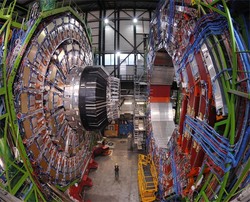 There is the possibility to visit the impressively large Compact Muon Solenoid (CMS) detector
of the Large Hadron Collider (LHC) of CERN currently in long shot-down period.
CERN is celebrating in 2014 "60 years of science for peace".
There is the possibility to visit the impressively large Compact Muon Solenoid (CMS) detector
of the Large Hadron Collider (LHC) of CERN currently in long shot-down period.
CERN is celebrating in 2014 "60 years of science for peace".
With 12'500 tons, CMS is the heaviest detector of the LHC and led (in association
with ATLAS) to the discovery - announced in July 2012 - of the famous Higgs boson.
This breakthrough was at the origin of the Nobel Prize of physics awarded to
François Englert and Peter Higgs in 2013.
The following visits of up to ~50 pers. per day of the CMS cavern are possible:
Mon. 30 June: 12:00-16:00
Tue. 1st July: 13:00-17:00
Thu. 3rd July: 15:00-19:00
Fri. 4th July: 13:00-17:00
Ticket: 10 CHF (~8 €)
Travel with a bus (~1 hour trip) directly from and back to the CICG conference venue.
Important Notice: Since you will cross the French border, a valid identity card / passport will be needed.
Geneva guided tour "Rive Droite"
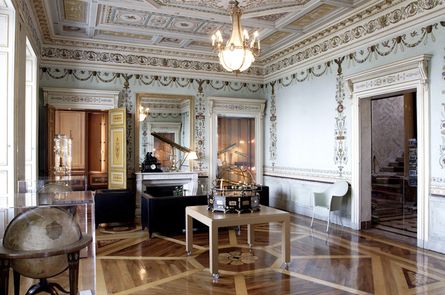 The Geneva "Rive Droite" guided tour will bring you from the front of the United Nations, to a guided visit of the Museum of Science History - with numerous astronomical instruments - located in the beautiful XIXth century's Villa Bartholoni enjoying unique views on the "Perle du Lac" Park and the lake. You will finish the tour in the lively district of Paquis after a short walk on the shore of the lake with panoramic views on the town and the famous fountain.
The Geneva "Rive Droite" guided tour will bring you from the front of the United Nations, to a guided visit of the Museum of Science History - with numerous astronomical instruments - located in the beautiful XIXth century's Villa Bartholoni enjoying unique views on the "Perle du Lac" Park and the lake. You will finish the tour in the lively district of Paquis after a short walk on the shore of the lake with panoramic views on the town and the famous fountain.
Date: Monday, 30 June 2014
Time: 16:00-19:00
Meeting Point: CICG
Max. numb.: 25 participants
Ticket: 25 CHF (~20 €) / person
Geneva guided tour "Rive Gauche"
 The Geneva "Rive Gauche" guided tour will bring you to the old town of Geneva dominated by St. Peter's Cathedral. You will also see the historic Reformation Wall, the famous 140-m high water fountain and the artistic flower clock. The lively district of Bel-Air and the City Center will invite you to discover Swiss watchmaking industry.
The Geneva "Rive Gauche" guided tour will bring you to the old town of Geneva dominated by St. Peter's Cathedral. You will also see the historic Reformation Wall, the famous 140-m high water fountain and the artistic flower clock. The lively district of Bel-Air and the City Center will invite you to discover Swiss watchmaking industry.
Date: Thursday, 3rd July 2014
Time: 16:00-18:30
Meeting Point: CICG
Max. numb.: 25 participants
Ticket: 20 CHF (~16 €) / person
Tourism
Geneva: the smallest of the big capitals
Geneva is situated in one of Europe's most beautiful scenery, between lake and mountains, at an altitude of 374 m above sea level. In the very heart of Europe, Geneva has a long tradition as a venue for major meetings and is a host city to many international organizations such as the United Nations Organization, the World Health Organization, the International Labor Office, the International Red Cross and the European Organization for Nuclear Research, among others. It has been a cultural center for many centuries and home to many creative spirits in the fields of science and art. It has all the advantages of a small city combined with the facilities and services usually only found in much larger cities.
Geneva is Europe's most international city. Some 44% of its ~200'000 inhabitants are not Swiss nationals. The city remains open to people of different origins and cultures. Switzerland has three official languages: French, German and Italian. French is the official language spoken in Geneva, but most citizens speak fluent English. English is also the official language of most multinational and of international organizations based in Geneva.
What to see in Geneva
Geneva offers a wide range of leisure activities on the shores of the beautiful Lake Geneva.
The following tourist sites are world renown and should be visited.
- Jet d'eau (water fountain)
- Originally a simple security valve at the Coulouvrenière hydraulic factory, this water fountain has, over the years, grown to be the symbol of Geneva. It spits out 500 liters of water per second to a height of 140 metres at a speed of 200 km/h.
- Flower clock
- A symbol of the Geneva watch industry of world renown, the famous flower clock (~6,500 flowers), located at the edge of the Jardin Anglais (English Garden) since 1955, is a masterpiece of technology and floral art.
- Sait Peter's cathedral
- One hundred fifty seven steps lead to the summit of the cathedral's north tower and to a fabulous panorama overlooking the city and the lake. You will also be charmed by the Clémence, the queen of the bells, weighing over 6 tons and hoisted to this very tower in 1407.
- Reformation Wall
- The construction of the Reformation Wall in the Bastions Park began in 1909, the year which marked the 400th anniversary of the birth of Jean Calvin and the 350th of the foundation of the Academy of Geneva.
The monument is backed against part of the ancient defensive walls that surrounded the city until the middle of the 19th century. Stroll along 100 meters of wall and cover 450 years in the history of Protestantism.
- United Nations Building
- Constructed between 1929 and 1936 to house the League of Nations, the "Palais des Nations" became the headquarters of the United Nations in 1946 when the former organisation was dissolved.
- Carouge
- Carouge has retained its Mediterranean-like atmosphere. Its bustling streets and many shaded squares invite one to stroll. Trendy boutiques, antiques and curios dealers, restaurants and bistrots ensure a very warm and congenial ambience.
- CERN
- Founded in 1954, the European Organization for Nuclear Research laboratory sits astride the Franco-Swiss border near Geneva. It was one of Europe's first joint ventures and now has more than 20 member states.
See also: Ten Good Reasons to Visit Geneva
The Geneva Tourist Board provides practical help and advice to all visitors.
Geneva Tourism
18 Rue du Mont-Blanc (in the post office building)
1201 Geneva
Tel. +41 22 909 70 20
Fax +41 22 909 70 21
E-mail: info @ geneve-tourisme.ch
Internet : www.geneve-tourisme.ch
Opening hours: Mon. 10:00-18:00; Tue.-Sat. 9:00-18:00; Sun. 10:00-16:00
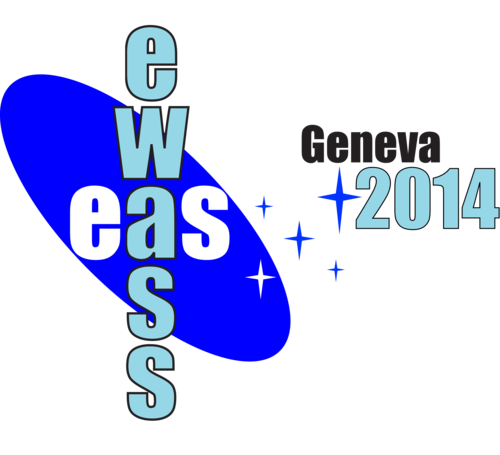
 A power cut will shut down all EAS services on Tuesday, 10 January 2017 starting at 7:30 CET.
A power cut will shut down all EAS services on Tuesday, 10 January 2017 starting at 7:30 CET.



